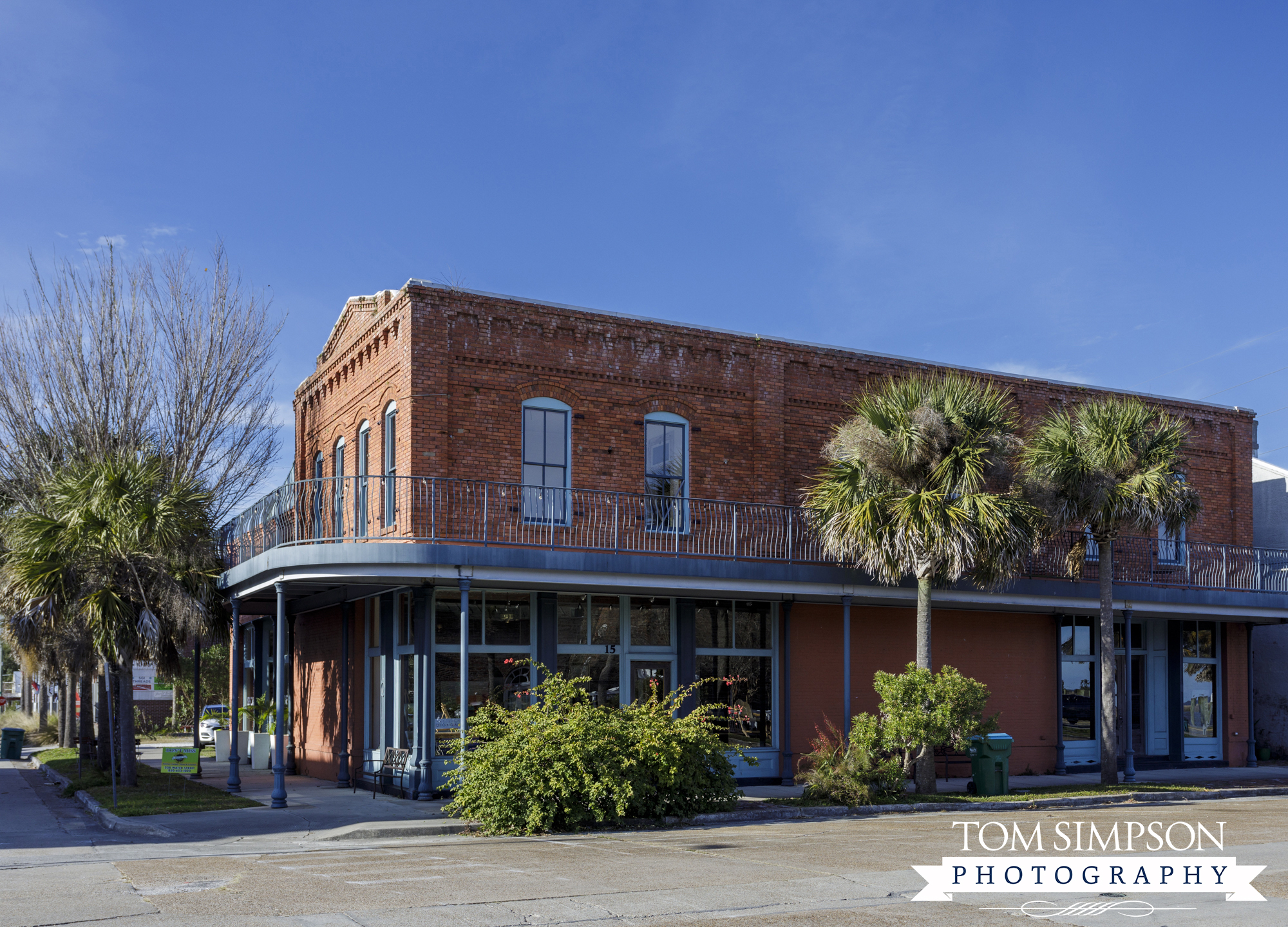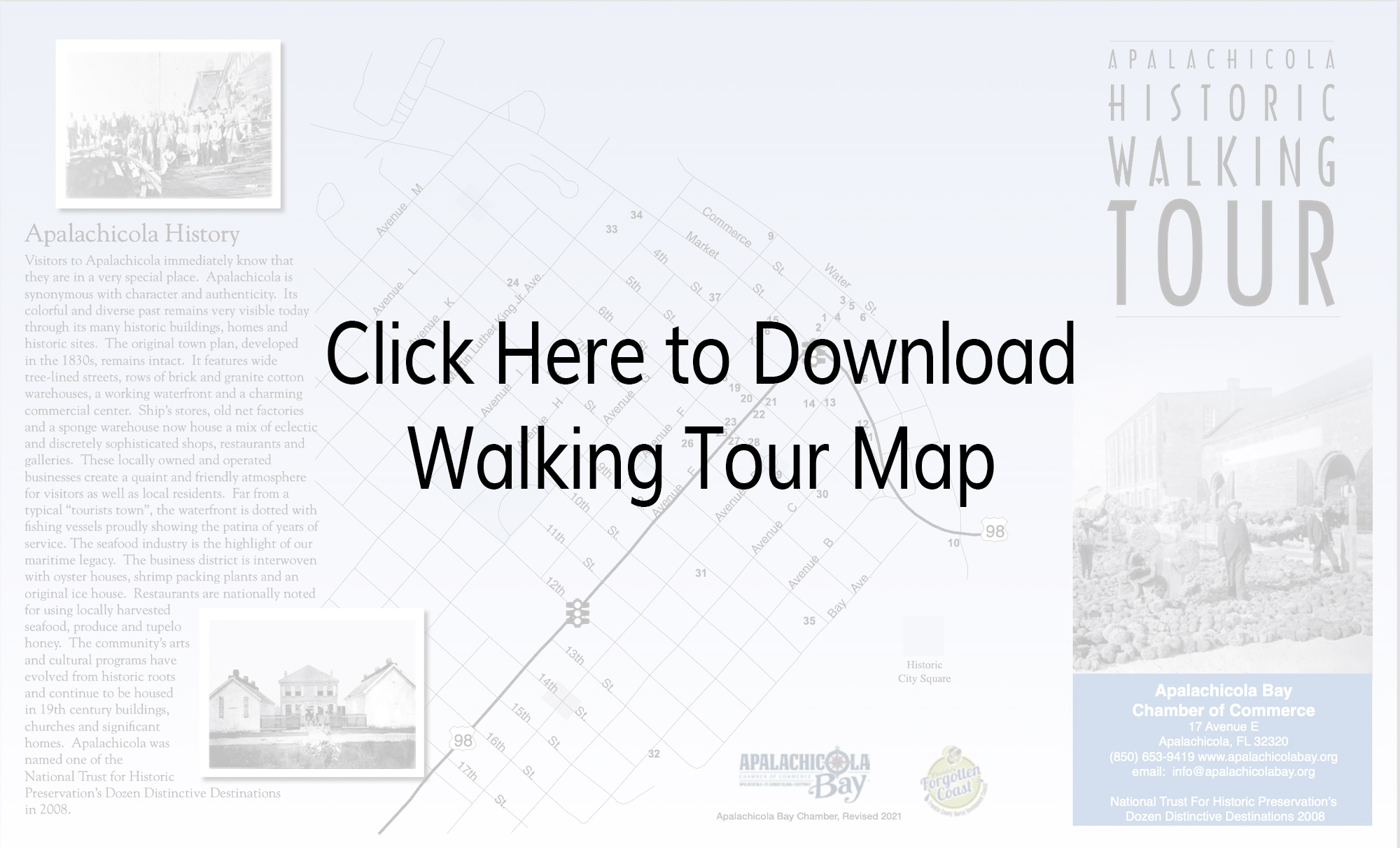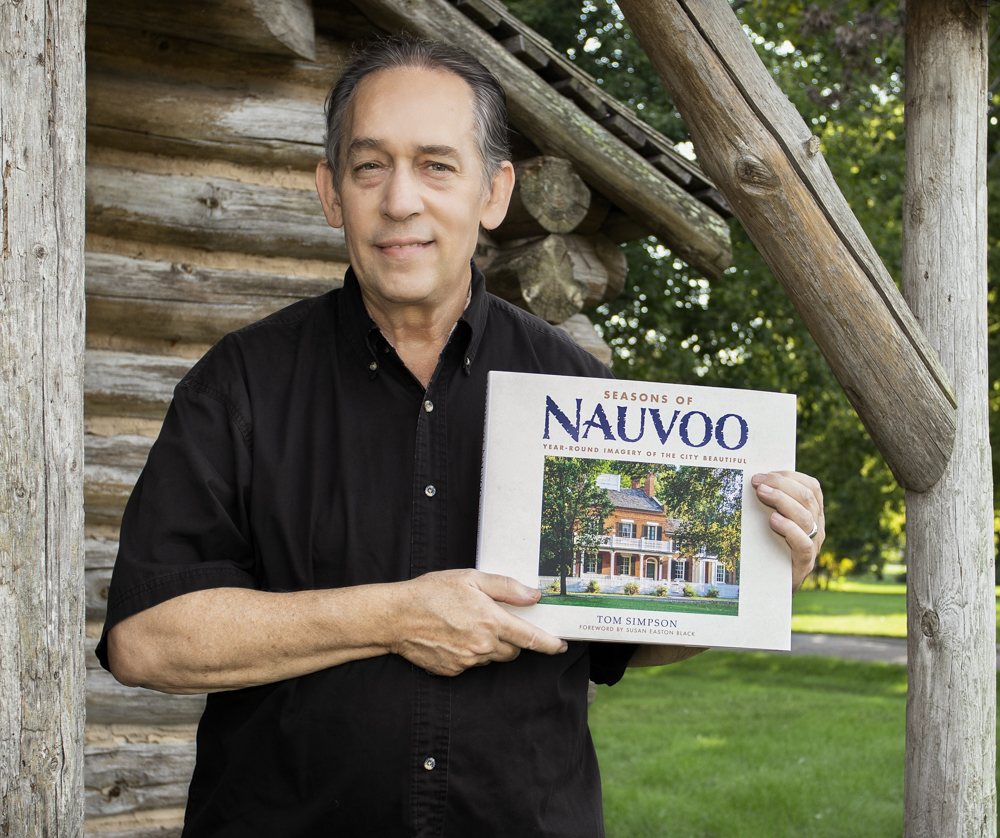Coastal Small Town Worth the Trip
Not sure how a small town can be both laid-back and lively at the same time but it can. We visited one. Add to that charming, quaint, and historic and you have a pretty good description of Apalachicola, Florida.
Located in an area of the panhandle nicknamed “Florida’s Forgotten Coast,” the old seaport town of 2,500 has lots of history. Additionally, it has everything you want in a vacation spot—but minus the crowds. It’s not your typical Florida tourist town.
If you’re looking for a new vacation spot, read on. We know just the place.
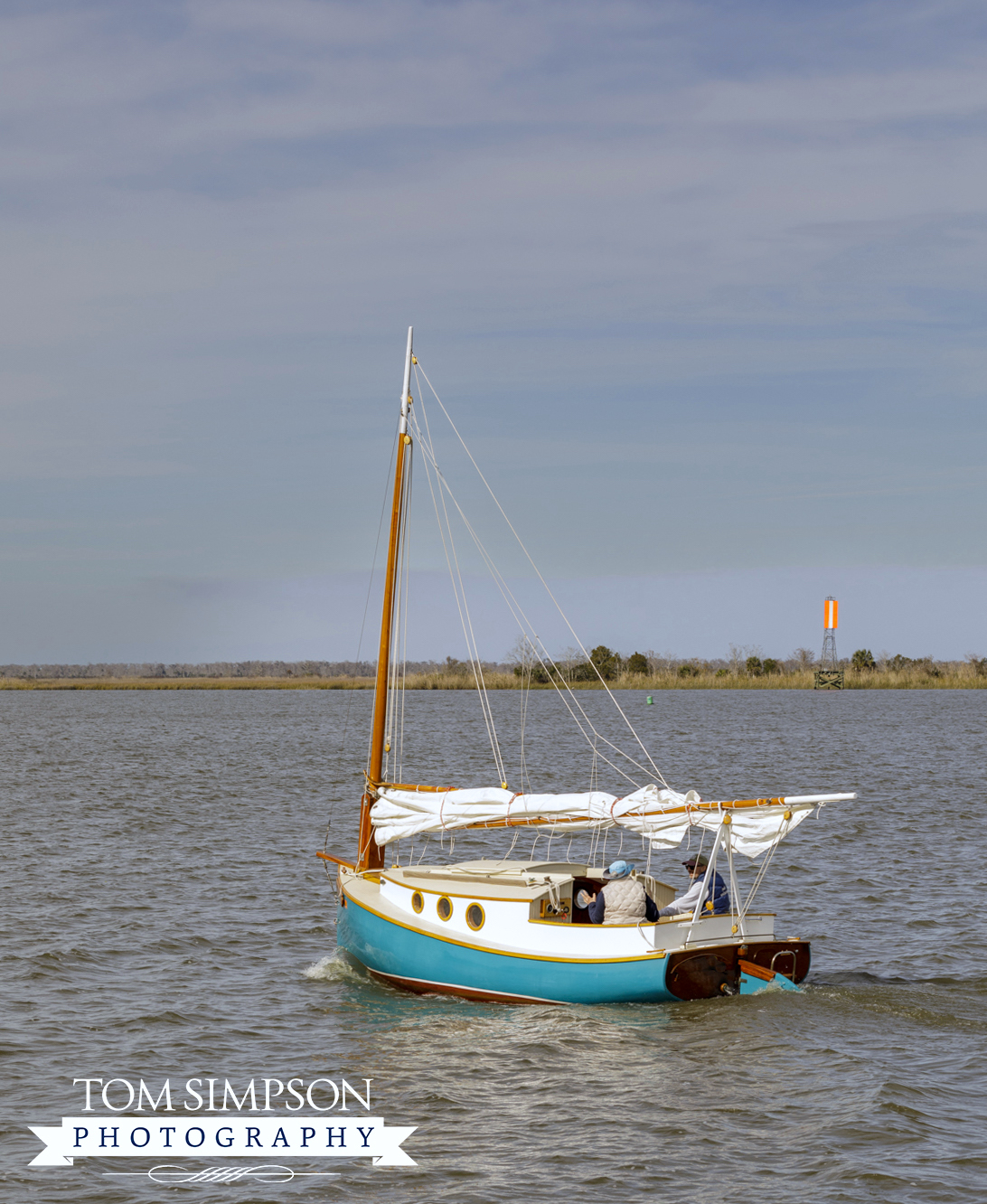
Sailing is just one of many ways to enjoy the Apalachicola River, Apalachicola Bay, and Gulf of Mexico during your visit.
Tourism Center:
17 Avenue E
Apalachicola, FL 32320
Contact:
(850) 653-9419
Hours:
9 AM - 5 PM, M-F
11 AM - 4 PM, Sat
Closed Sunday
Website:
ApalachicolaBay.org
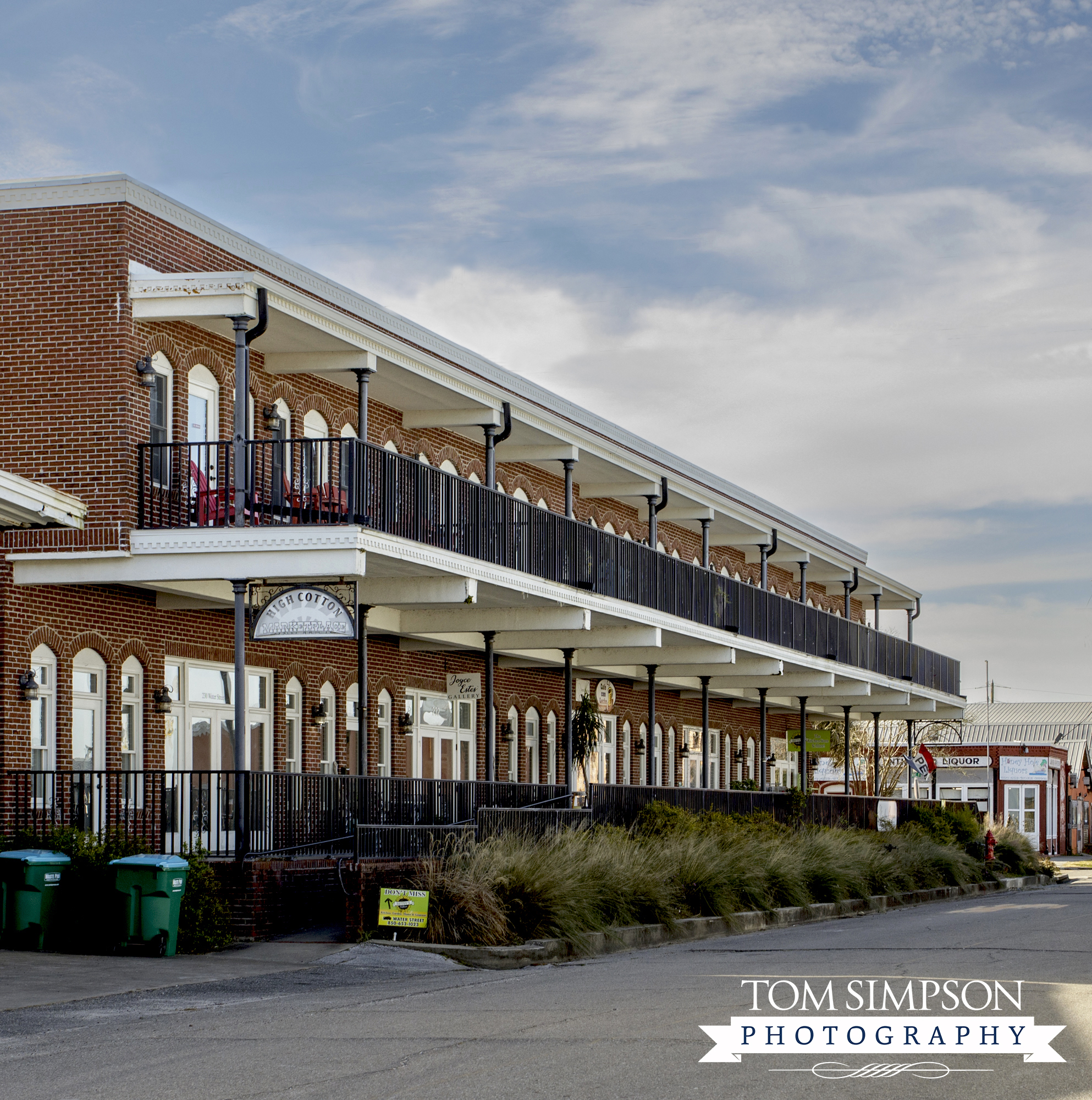
Several shops and eateries are in this historic building, known as the High Cotton Marketplace, located near the waterfront.
An Abundance of Historic Buildings
Apalachicola, or “Apalach” as called by the locals, is an old town dating back to the early 1800’s. It has an abundance of historic buildings with 900+ on the National Register District list. The list includes both homes and commercial buildings.
Our short visit mainly covered a few streets in the downtown area, especially those closer to the waterfront. Here are a few buildings that especially caught our eye:
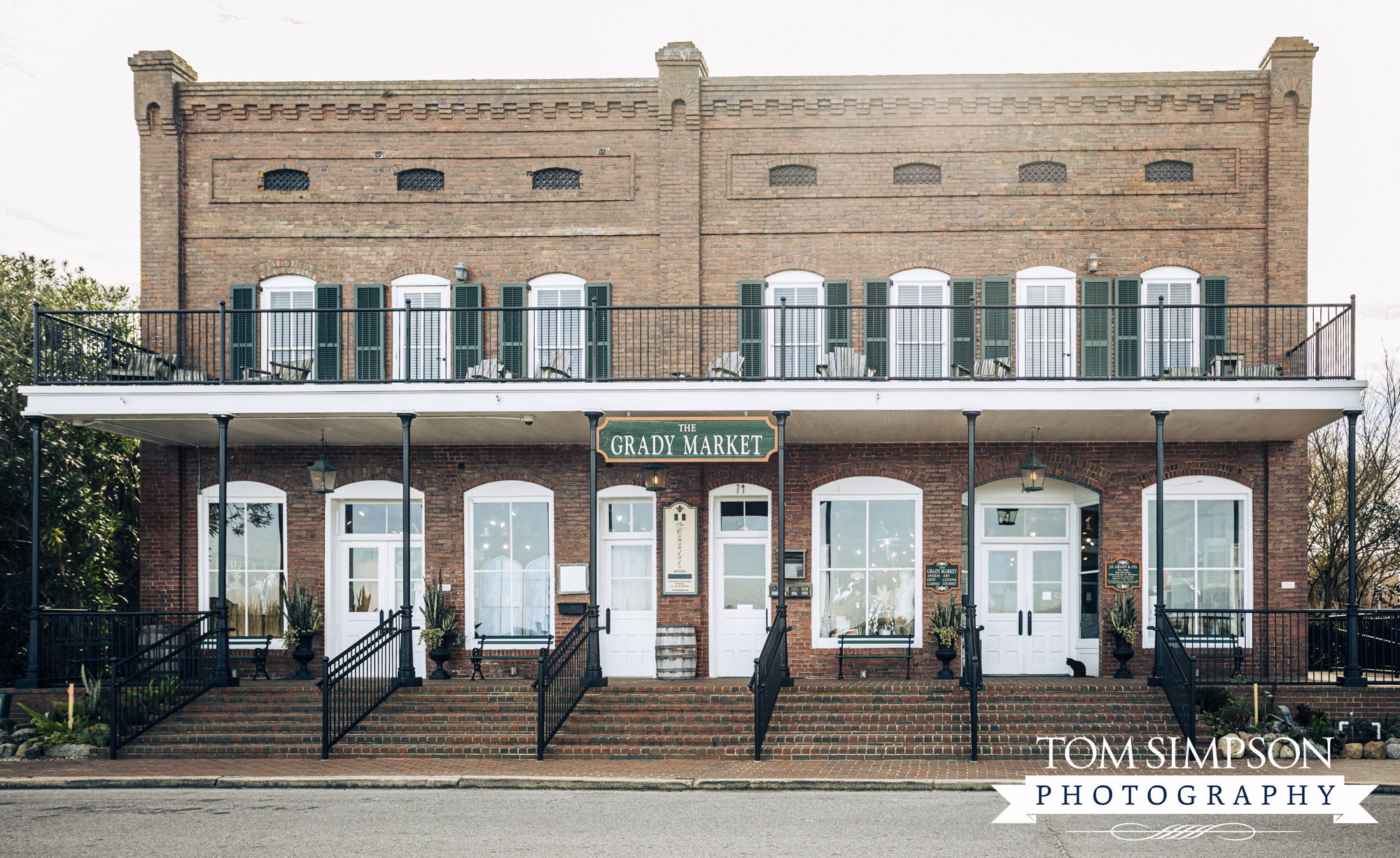
Currently - 1st floor: The Grady Market, an upscale clothing store; 2nd floor: The Consulate Luxury Suites
Grady Building
- Built in late 1880’s
- Rebuilt after a fire in 1900
- Served as ship’s chandlery (supplied commodities for ship and crew) and general store
- French Consulate offices located on the 2nd floor
- Location - 76 Water Street
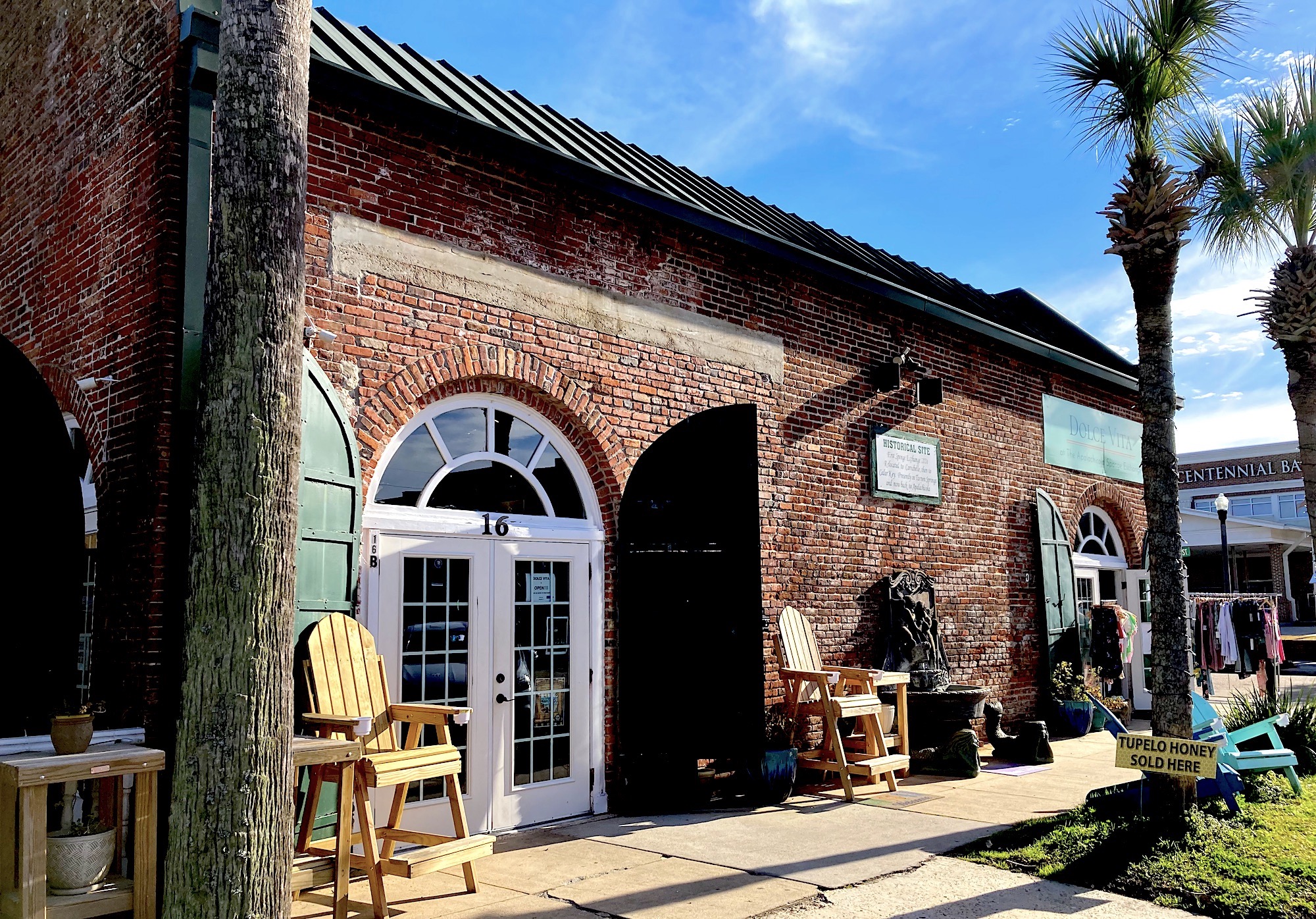
Currently – Dolce Vita at the Sponge Exchange, top brands women’s beach and summer attire.
Sponge Exchange
- Built in 1840
- 1 of 2 warehouses that stored sponges in Apalachicola
- More than 100 men employed in sponge trade by 1895
- Location – Corner of Avenue E and Commerce
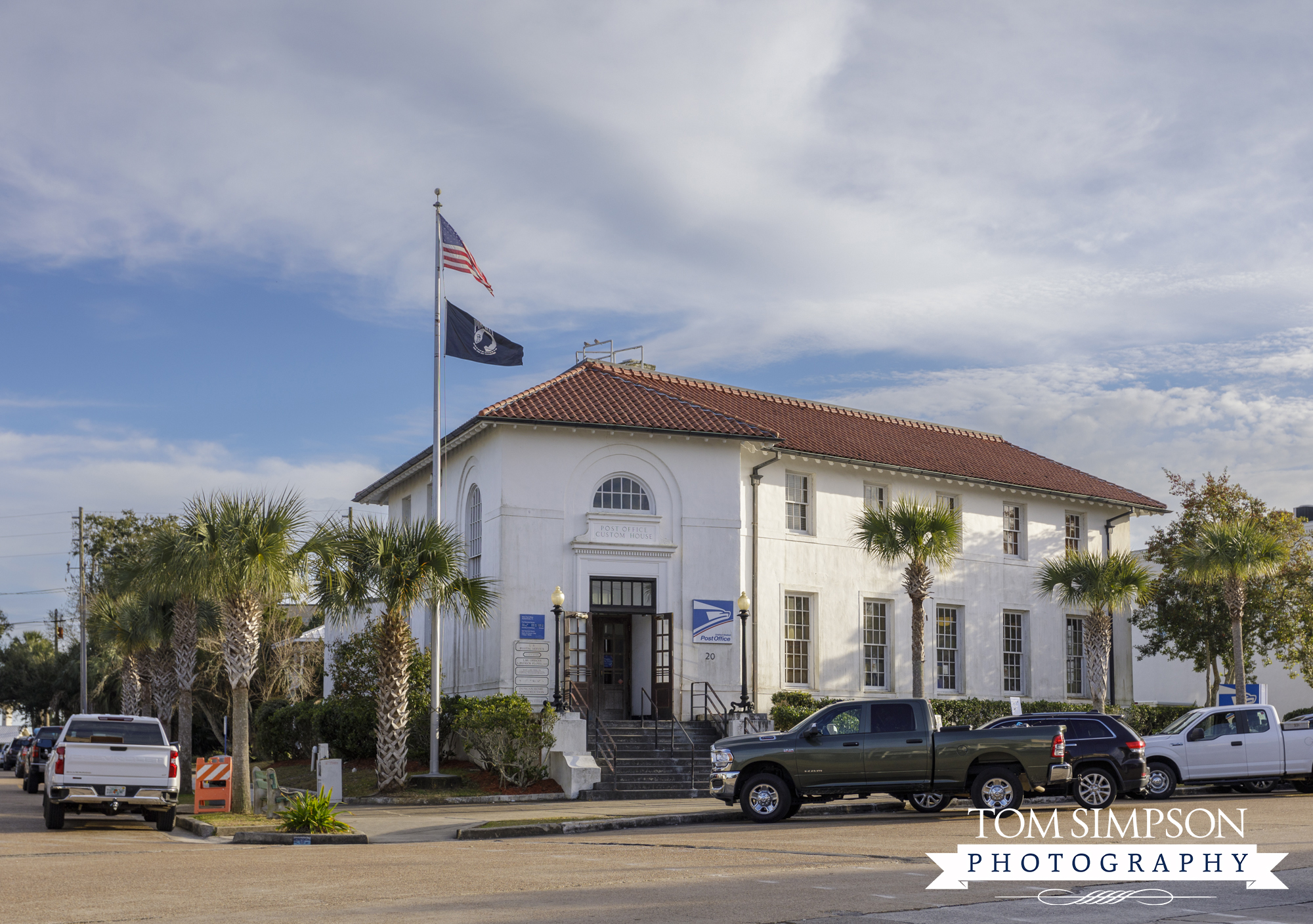
Currently - the United States Post Office
Customs House
- Built in 1923
- Rare building in Apalachicola with a basement
- Tunnel circles the interior of the building
- Located on the corner of Avenue D and Commerce Streets
Self-Guided Walking Tour
Seeing the historic buildings while walking the area is enjoyable, however, following a self-guided tour is even more memorable.
The Apalachicola Bay Chamber of Commerce has an excellent map noting 37 of the most important properties. All but 7 are clustered within 5-square blocks, but those are within walking or biking range.
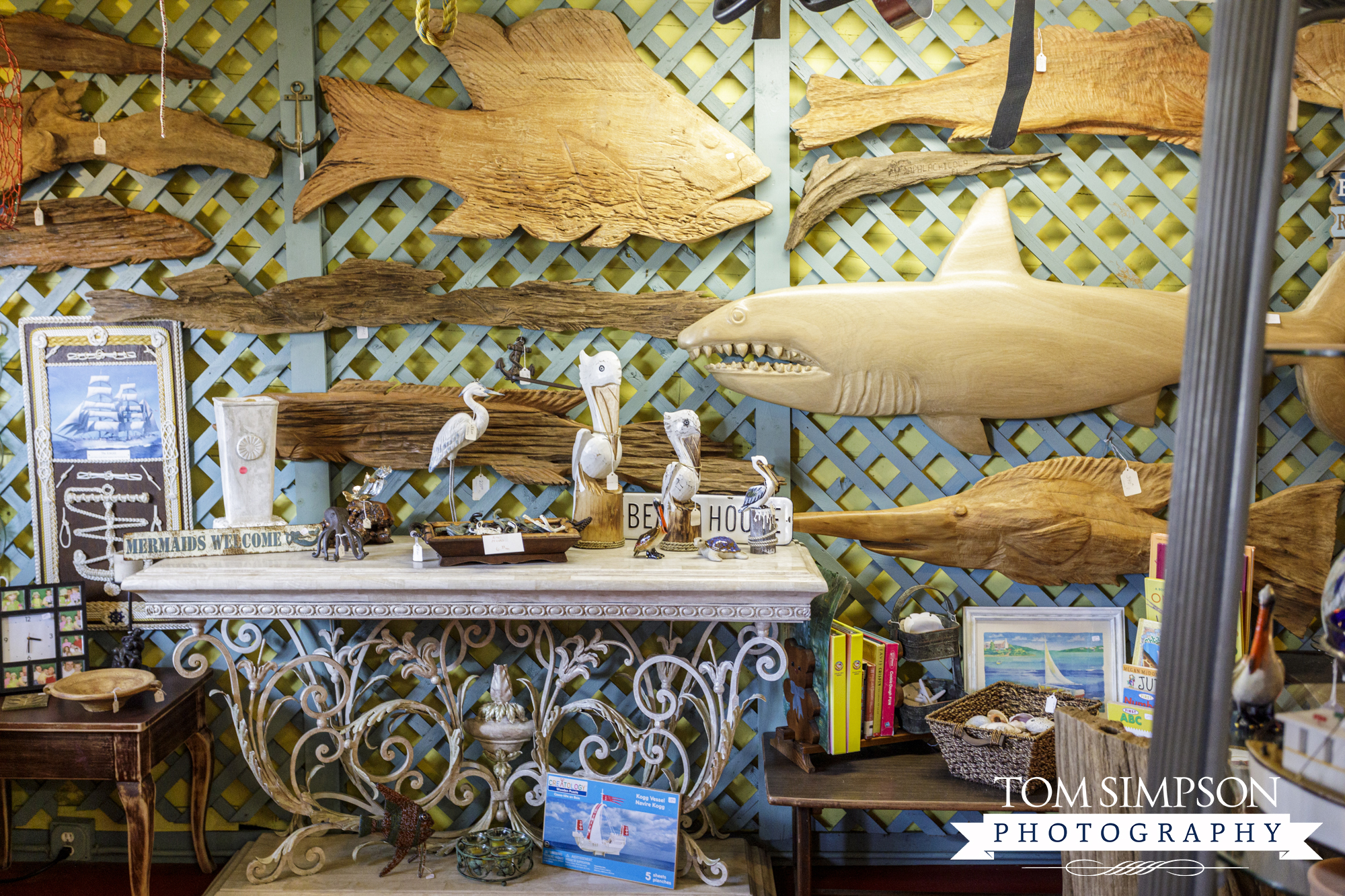
Coastal decor in one of the many unique shops in Apalachicola
Unique Shops Sport Coastal Creativity
While not your typical Florida tourist town, we did find lots of unique shops filled with everything coastal. Did you know Apalachicola has over 50 shops? Yep. And they are locally owned and operated.
Friendly staff greeted us in each shop we entered. If you love to talk to locals in place you visit, this small town happily obliges. We had several long conversations with both staff and locals, inside and outside of the shops.
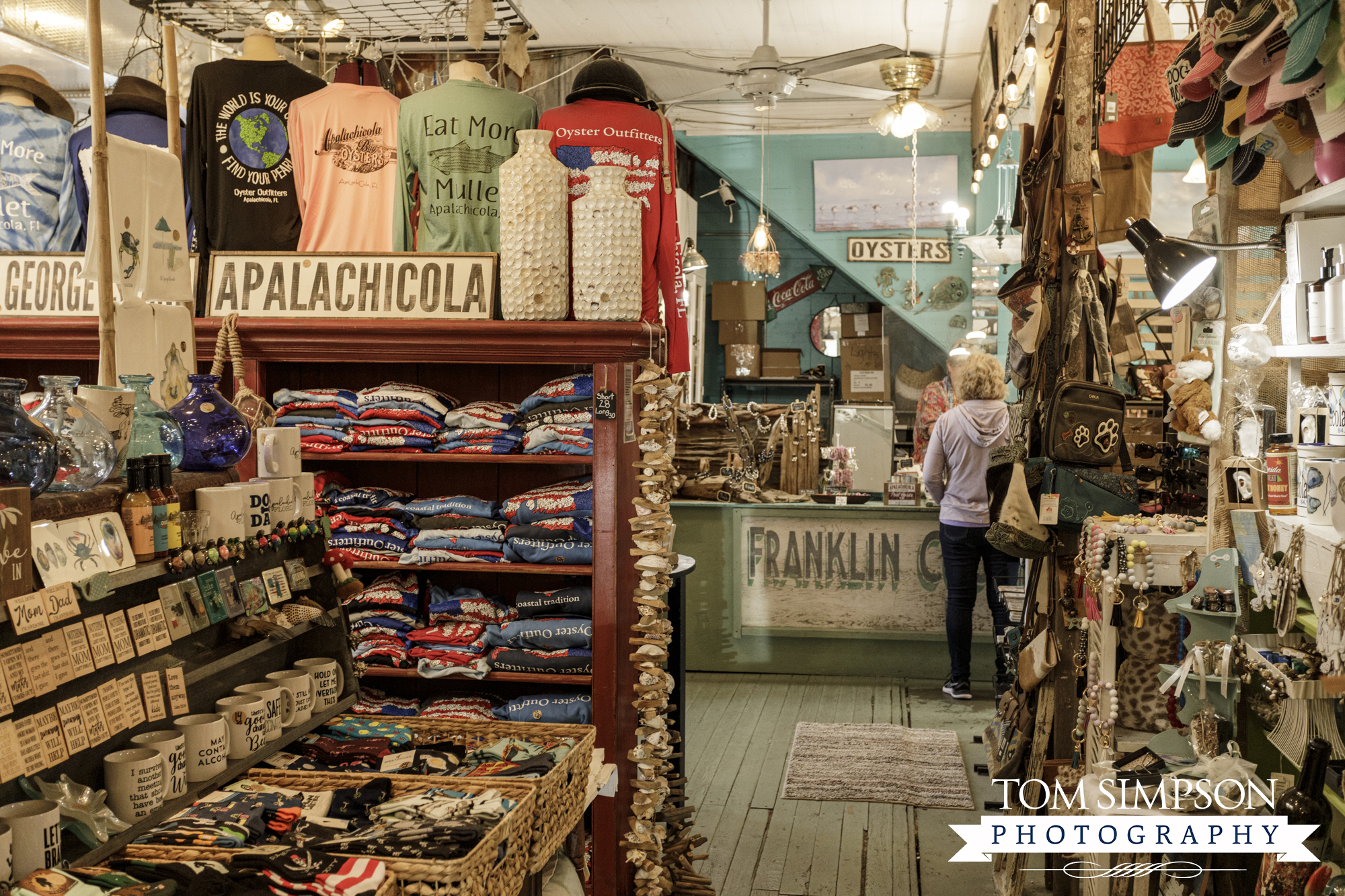
Many items in this shop are handcrafted by local artisans.
Shops have some touristy items for you to purchase but we mostly saw unique items made by local artisans. (And yes…I did bring home a few coastal home décor items!) At every turn you see and feel Apalach’s maritime culture interwoven with its rich history.
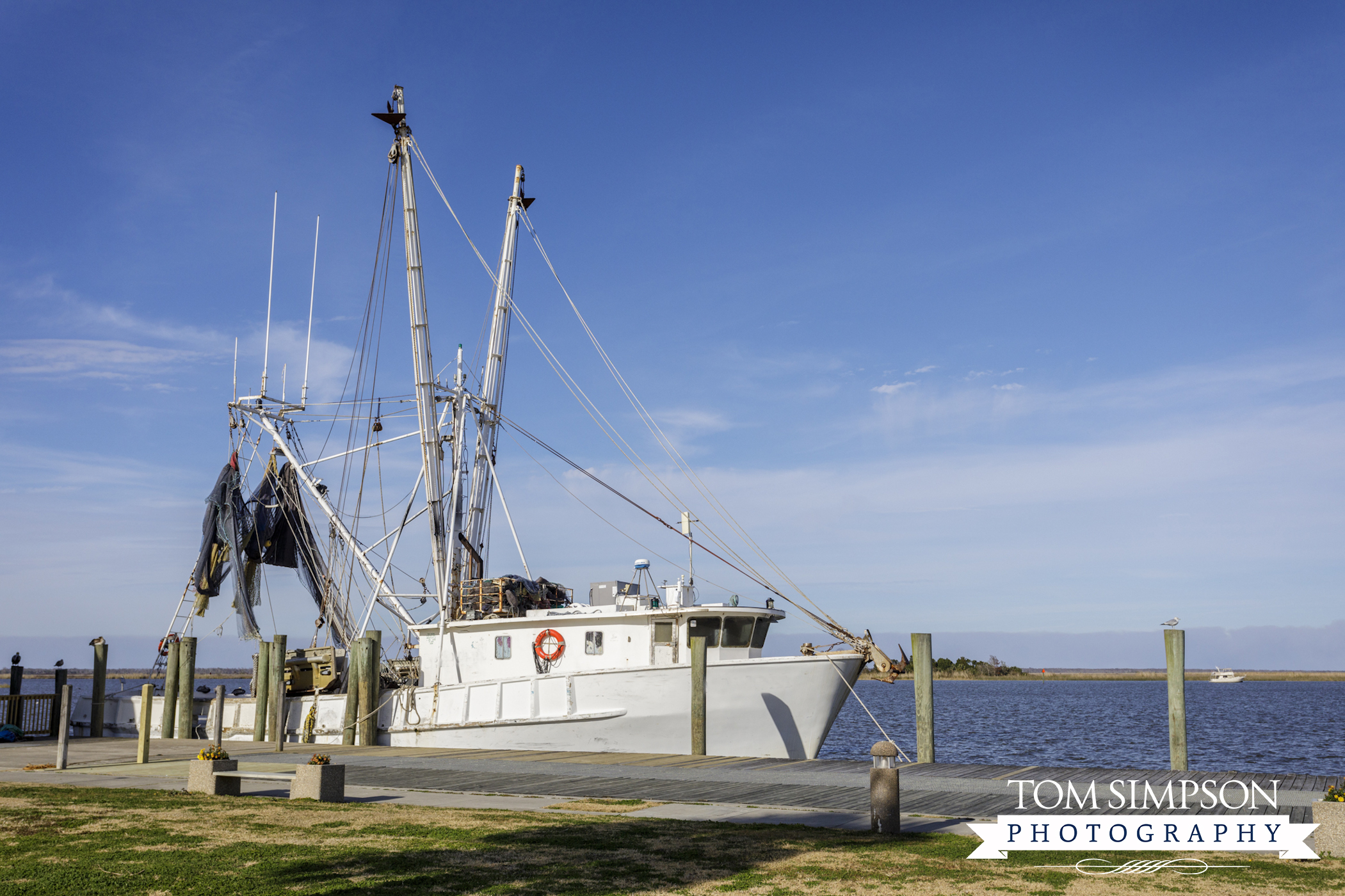
Riverfront Park looks out over the mouth of the Apalachicola River. It's a great place to relax and watch boats going by.
Waterfront, Parks, Museums, and More
While the area is certainly laid-back, there is no shortage of things to do in Apalach. The town is extremely walkable, is known for excellent fishing and boating, plus has acres of forests to explore.
Take a look at these numbers:
- 19 Places to Sleep
- 17 Places to Eat
- 8 Museums and Historic Sites
- 7 Parks
- 28 (at least) Fishing and Boating Charters or Rentals and Eco Tours
For a town of 2,500 covering a mere 2.6 square miles, that’s a load of fun and activity!! FYI...the beach is only 15-minutes away on St. George Island.
Distinctive Small Town Destination
Apalachicola is a distinctive destination. You get the old-world history, coastal charm, and every possible way to enjoy being on the water.
Next time you are ready to head south to hit the beach or have a hankering to get out on the water, plan a trip to the panhandle.
Your visit to Florida’s Forgotten Coast will be a trip you’ll never forget.
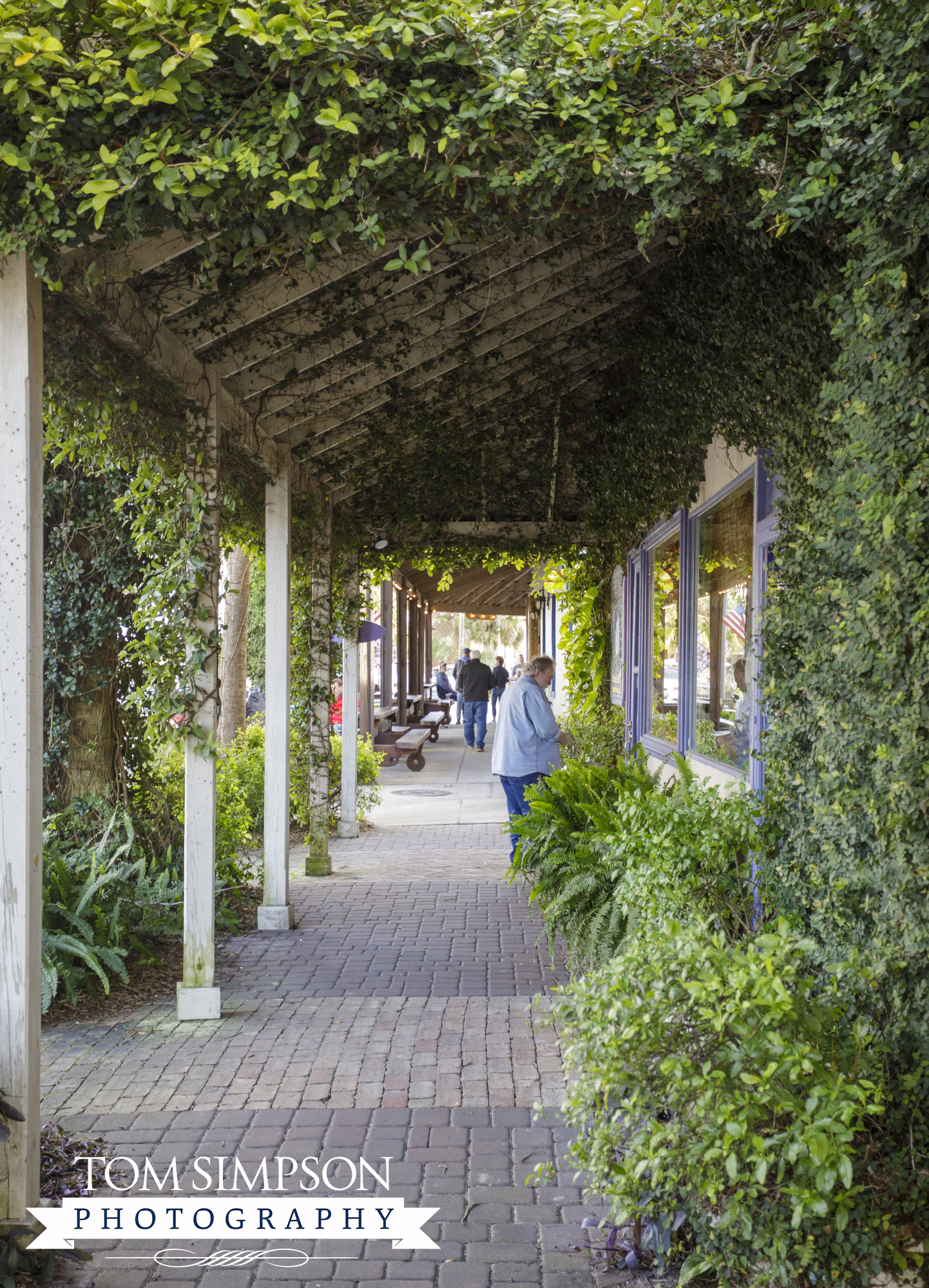
Covered downtown walkway feels totally tropical
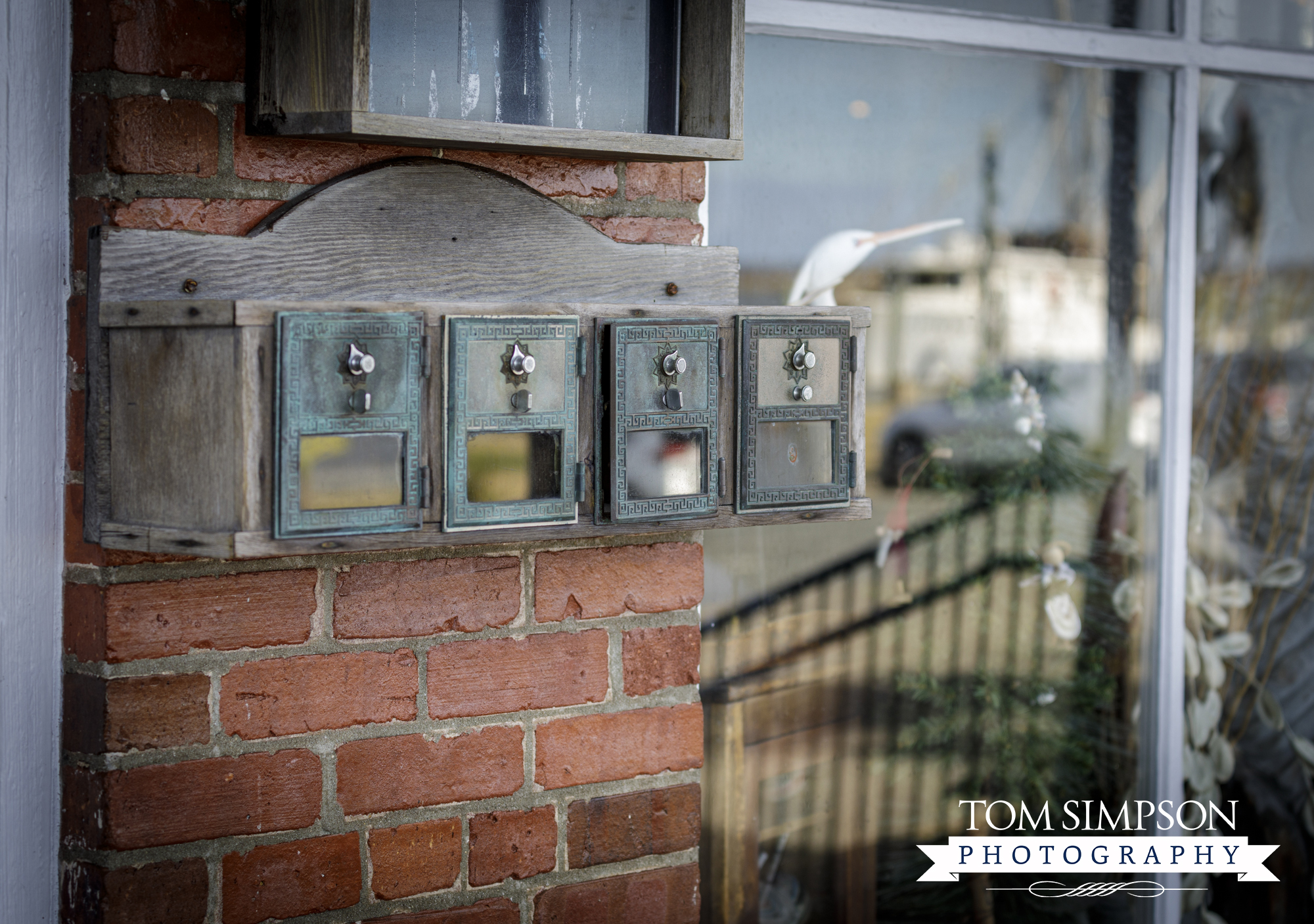
Vintage mailboxes outside The Consulate entrance. An old version of "you've got mail."
A Little Apalachicola History
- Area first settled by Native Americans
- The name Apalachicola comes from the Apalachicoli Tribe
- Common meaning of the name is “land of the friendly people”
- Earliest European settlement was a fort built by the Spanish in 1705
- Spain ceded Florida in 1821
- President Monroe appointed a port collector in 1822 and town called Cottonton
- Incorporated in 1828 and name changed to West Point
- Renamed Apalachicola in 1831
- Became the 3rd busiest port in the Gulf of Mexico (behind New Orleans and Mobile)
- Shipping of cotton, lumber, seafood, and sponges brought wealth to the area
- Railroad expansion reduced need for seaport shipping
- Apalachicola’s busy town became a quiet coastal town
For more a detailed history, go HERE.
Looking for more small towns to explore?
Check out our "Destinations" page for other Worthy Detour stops.

